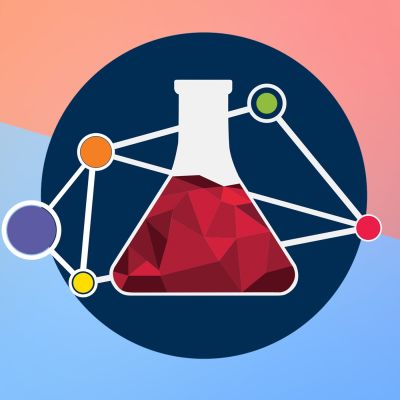Carry the One is a small team of young scientists at UCSF who are passionate about bringing science stories straight to the public's ear in an entertaining, digestible way. Tune in for stories ranging from current research to science history, from medical science to the natural and social sciences. -- Visit us at carrytheoneradio.com Twitter: @CTORadio Instagram: @carrytheoneradio To support the show: www.patreon.com/carrytheone
https://www.podomatic.com/podcasts/carrytheoneradio
Shedding Light on Dark Matter
When you close your eyes and imagine the universe, what do you see? Maybe you picture billions of swirling galaxies made of dust, gas, stars, and planets. But, what if we told you that the major source of mass in the universe is made out of something we cannot see? Not only can we not see it, we aren’t even entirely sure what it is. This mysterious cosmic substance is called dark matter, and it is the subject of this episode.
To learn about dark matter, we spoke to Dr. Neta Bahcall, the Eugene Higgins Professor of Astrophysics at Princeton University. We discuss how it was discovered, as well as how astrophysicists are certain it exists, but are still frustrated by the elusive nature of the particles that make up dark matter. We also discuss some of the work currently being done to better understand what dark matter is, how it’s distributed in the universe, and what effect it has on the structure and evolution of the universe.
This episode was written & produced by Stella Belonwu, Anna Lipkin, Cindy Liu and Liron Noiman.
For more information on dark matter, check out Modelling the Invisible (https://www.modellinginvisible.org/dark-matter/) and The Illustris Simulation (https://www.illustris-project.org/about/). Additionally, to understand some of the concepts that we touched on, check out The Physics Hypertextbook (https://physics.info/standard/).
The cover art for this episode is an image of the Abell 2218 galaxy cluster and beautifully demonstrates the effect of gravitational lensing, which we discuss in the episode [30:46]. The image was pulled from https://www.spacetelescope.org/images/heic0814a/, with credits to NASA, ESA, and Johan Richard from Caltech, with acknowledgements to Davide de Martin & James Long (ESA/Hubble).
Music and sound effects were acquired from the YouTube Audio Library, www.freesound.org, and Free Music Archive.
Music included in this episode:
Algorithms and Moonrise by Chad Crouch
Saturn V by Lee Rosevere
Cute Avalanche by RKVC
English Country Garden by Aaron Kenny
Orbital Romance by Sir Cubworth
Alive Evil by Hainbach
Ether Oar by The Whole Other
Da Jazz Blues by Doug Maxwell
